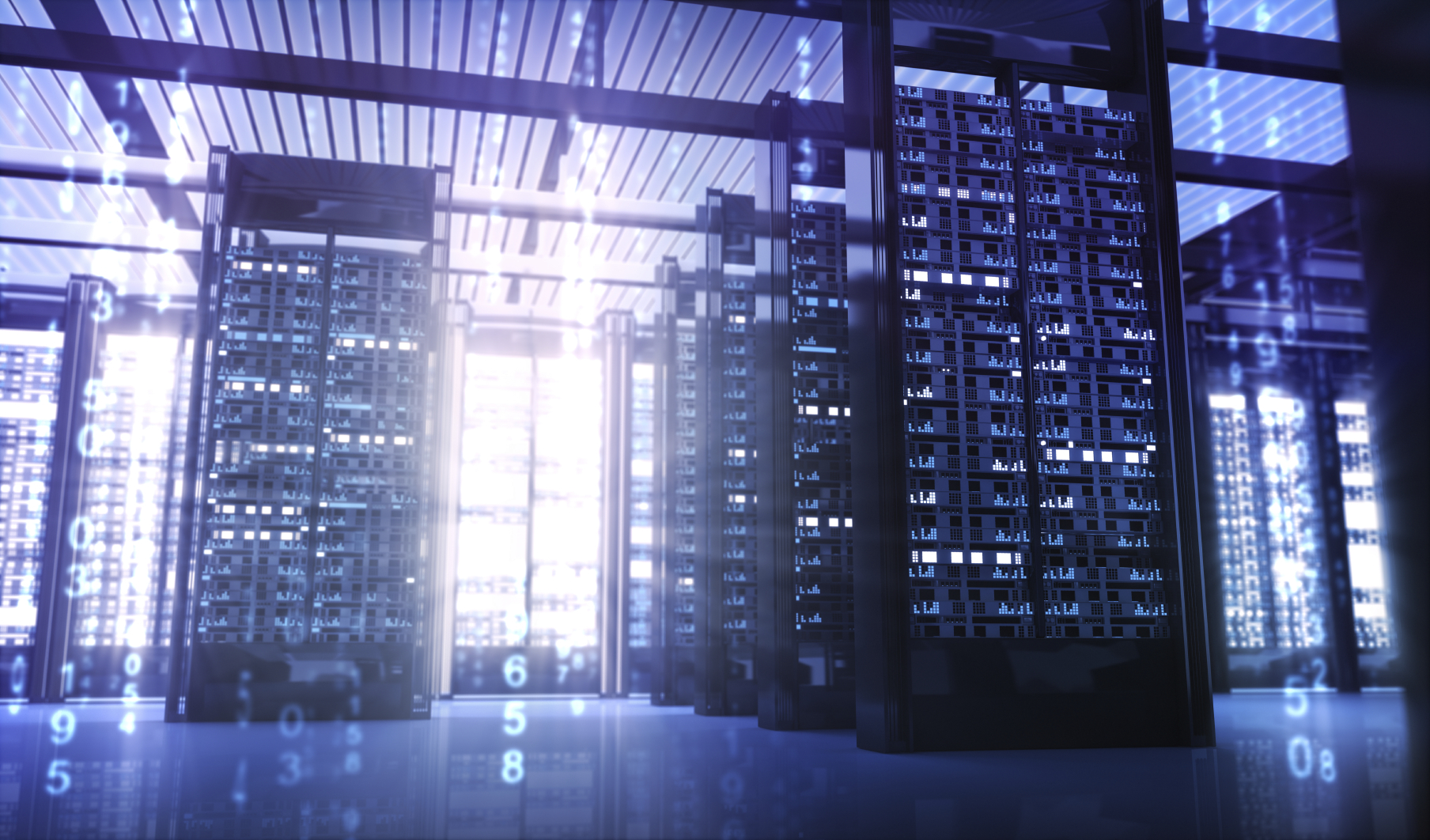Think about how you have to update your phone, computer and apps constantly. You keep pressing “remind me later” cause you don’t want it to interrupt your time doing something else like scrolling through your Twitter feed. Eventually, we let everything update, and we’re pleased because everything seems to be running a little bit faster.
In this day and age, new technology is discovered frequently and we all have to keep up. Technology is always being updated to be better and faster, and that’s what people expect. When you are modernizing your IT infrastructure there are some key points you should keep in mind.
The government’s always been under pressure to keep up with the times and modernize their IT infrastructure. But problems occur when new processes have to be put in place alongside legacy IT and infrastructure. How can you keep the balance of modernizing while not disrupting existing technology?
During the recent GovLoop online training, Modernizing your IT Infrastructure: Blending Innovative and Conventional Technologies, we heard from Jim Tunnessen, Chief Technology Officer from the U.S. Department of Agriculture and Adam Clater, Office of the Chief Technologist, North American Public Sector from Red Hat.
All the speakers focused on one particular theme: that there needs to be understanding and transparency between all parties. So, how can you make the transition to modernize your IT infrastructure smoother?
Be in the loop. Knowing what’s going on around you is always helpful, especially with technology. Be informed with what your agency is using for their IT infrastructure and follow them on social media or their blog to see what they are up to. There is always something new and updates needed. When you are in the loop on what’s happening by talking to others, it’s easier to create a plan of action.
Communicate. A lot of teams are going to be involved in this process – so they need to be sure to be talking to one another. “The line of business is working closer with the developers and operations,” said Clater. The people involved should be informed about what’s going on with each department and understand the whats and the whys.
Accept risks. “Be able to accept the risk and move forward,” said Tunnessen. This point is crucial to remember because not everything you try will be successful. You will fail and then learn from your failure. But for every failure you make, there will be something gained.
Modernizing your IT infrastructure will be a transition because you don’t want to change everything drastically that no one has any idea what’s going on. But remembering these steps will help you have a smoother transition. Be clear with each step taken and learn along the way and know: it is all a part of the process. By figuring these things out, the government can find the best way to modernize their IT infrastructure.






Leave a Reply
You must be logged in to post a comment.